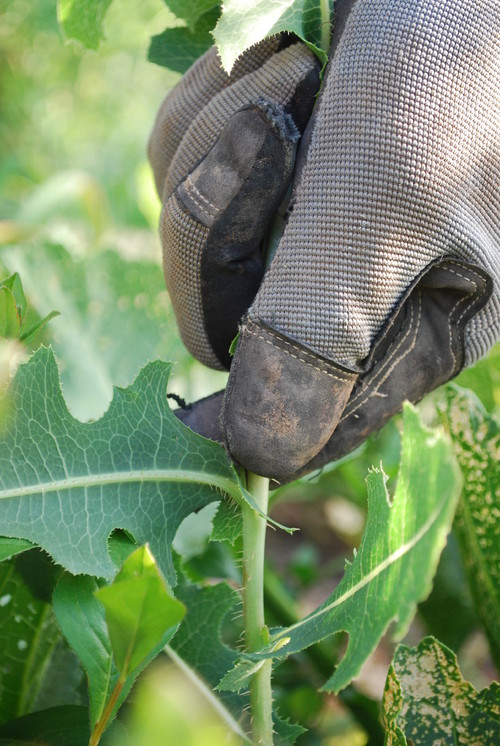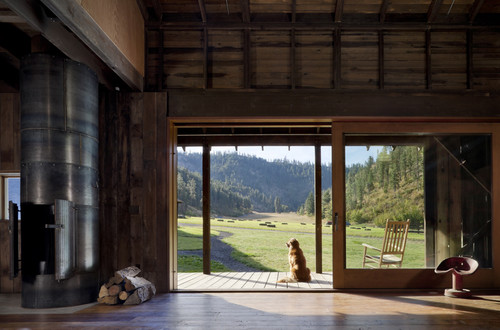
Gardening doesn't have to be all finicky with companion planting and moon phases, it can be simple and enjoyable. The easiest way to keep a low maintenance garden is to choose plants native to your region, and Alberta has some great selections for a beautiful garden year round.
Flowers
Brown-Eyed Susan
These large flowers can be found in Alberta's Prairies, Foothills and the Rocky Mountains in sunny, dry locations such as dry open meadows and hillsides. They attract butterflies, bees and birds and grow quickly with blooms from June to early August.
Forget Me Nots
These cheery little blooms can be found nearly anywhere in Alberta so long as they have a sunny, sheltered and well drained area. The showy flowers have a long bloom time from May to August and make for a great boarder at the front of a flower bed.
Giant Hyssop
This large leafy plant produces large, showy blue flower spikes that attract birds, bees and butterflies. It prefers partially shaded, well drained areas typically growing in moist open meadows and on the edge of aspen woodlands.
Prairie Crocus
These slow growers have a short bloom time but are still a welcome sight for many as it means spring has sprung in Alberta. Their little purple flowers generally poke up through the snow in late march and by April have transformed into fluffy seed heads that linger until summer. These flowers prefer well drained sunny meadows and hillsides.
Red Columbine
These bright red and yellow blooms and a perfect garden plant growing quickly and being less particular about their growing conditions. These showy blooms attract butterflies and hummingbirds and provide great fall colour.
Alberta Wild Rose
Alberta's provincial flower can also be a great addition to your garden! This small, woody shrub provides great colour all the way through to the fall and forms edible rosehips.
Yellow Twig Dogwood
This small deciduous shrub is great for filling space and provides great winter colour with it's bright yellow twigs. It looks fantastic when mixed with Red Osier Dogwood.
Red Osier Dogwood
This fast growing shrub is great provides great winter colour when paired with Yellow Twig Dogwood. In the fall it's leaves turn a deep red, making this a great year round garden plant.
Bearberry
This low, slow grower makes for an interesting ground cover with it's small purple-white flowers and bright red berries. It tolerates acidic soils that can be caused by fallen pine needles.
Highbush Cranberry
This fast growing shrub can grow up to 5 metres high and clusters of white blooms in late June. It also produces an edible, bright red fruit that often hangs on through the winter.
White Spruce
These large, dense spruce trees can grow up two 16 feet and are great shelterbelt plants but can even be pruned into hedges if height is an issue.
Trembling Aspen
These large deciduous trees have small roundish leaves that "tremble" in the wind creating a relaxing atmosphere. The small leaves turn a bright yellow in the fall.
Balsam Fir
The balsam fir the the only fir tree native to Northern regions and is easily distinguished from spruce by it's flat needles. Balsam Fir are commonly used by Christmas tree growers for their fast and dense growth.
Balsam Poplar
This large deciduous tree has leaves that turn yellow in the fall. If seedlings are grown from a cutting, and are a male clone the do not produce the white fluff that is normally seen.
Schubert Chokecherry
This small ornamental, fruit bearing deciduous tree has maroon coloured leaves and produces dark red edible berries. It is great for providing long season colour in any garden.




















